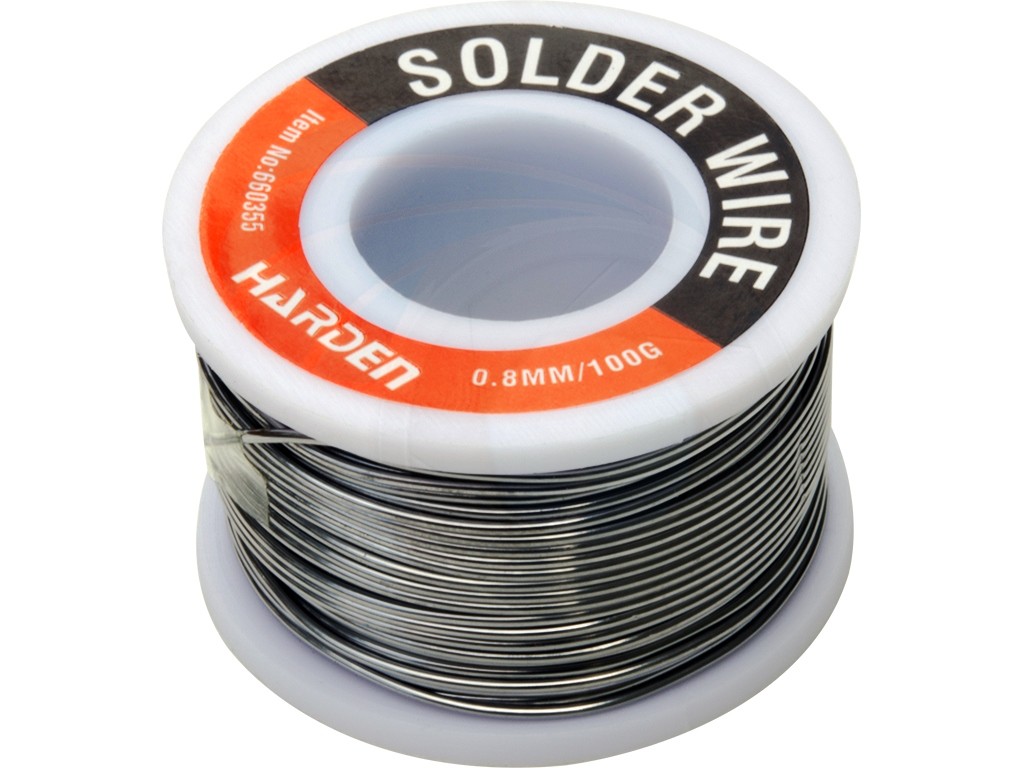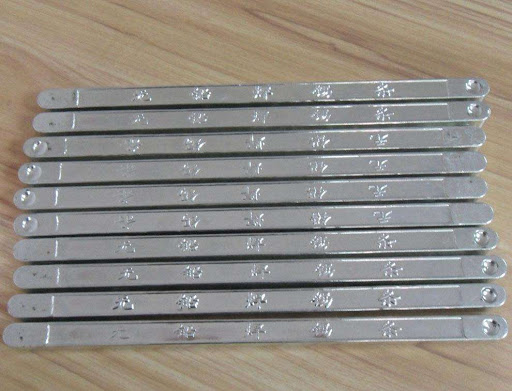OEM boards are used in many commercial and consumer products. Be it a microwave, an IoT device, or a vehicle, these circuit boards are used everywhere. PCB manufacturers are dealing with many industry challenges for years and came up with an array of innovations. Such practices and technologies include the reduction of PCBs, flexible circuit boards, and the increasing need for green electronic devices. Manufacturing PCB employs methods that require less energy, use eco-friendly and non-toxic materials, and minimize carbon emissions. This article is about the role of lead solder bar and lead-free solder in PCB manufacturing.

We will compare both types of solders to see which option is less complicated. You will also be able to know a contract manufacturer that can assist you to comply with the guidelines of RoHS. You should know that there are certain restrictions about dangerous substances in electronic and electric equipment.
What are Lead-Free and Lead Solder Bar Made Of?
A lead solder bar is an alloy or metal with tin and lead as its basic components. In the United States, water supply tubes and lead pipes attached with the lead solders were restricted in the new plumbing systems. Sometime after, work-related risks of lead soldering were noticed. As a result, lead-based solders were declared as a health threat in the industry. The lead soldering method generates fumes and dust that are toxic when you inhale it.
For such concerns, lead soldering became an infeasible technique because of its negative health and environmental effects. However, you still need those solder connections to manufacture different PCB circuitry components and products.
Lead-free solders can replace conventional 63/37 and 60/40 SnPb solders. In the year 2006, the EU (European Union) adopted the RoHS restriction. The United States followed suit by offering tax reductions to the companies that reduced the lead-based soldering use. Now, the lead-free solders have a mixed percentage of tin, copper, nickel, antimony, silver, bismuth, and zinc.
The objective is to select high-quality alloys that can ensure exceptional mechanical properties when mixed with some other trace elements.
A Comparison between Lead Solder Bar and Lead-Free Soldering
Consideration of soldering temperatures depends on a few factors that include alloy quality and allow mix. Typically, a 40/60 lead/tin melts at 361F temperature. Higher tin content means higher melting point and cost of the product. A lead-tin solder is easy to operate as they flow easily and can work quickly to working temperatures.
But, a lead solder bar has greater safety risks and you should only use them when you have permission from regulatory authorities. After using the lead solder, you must also dispose of it appropriately. Lead has toxic and harmful effects on the human body and environment, respectively. The hazards of a lead solder can absorb into your bloodstream very quickly.
A lead-free solder wire becomes liquid at a higher temperature of approximately 422F. A higher temperature requires you to change the soldering practice. However, a lead-free soldered join is known to be more reliable. Lead-free and leaded solders do not wet, so the solder joints will have a different appearance.
Here is a comparison between them in terms of physical characteristics:
| Item | SAC387 | Sn37Pb | Sn0. 7Cu |
| Melting Point (°C) | 217 | 183 | 227 |
| Density (g/m2) | 3.5 | 8.5 | 3.31 |
| Electric Conductivity | 15.6 | 11.5 | / |
| Resistivity ((MΩ-cm) | 11 | 15 | 10-15 |
| CTE (×10-4) | 23.5 | 23.9 | / |
| Fatigue Life | 1 | 3 | 2 |
| Surface Tension 260C (mN/m) | 548 | 481 | 491 |
| Shear Strength (MPa) | 27 | 23 | 2-23 |
| Thermal Conductivity (W/m 1k 1s) | 73 | 50 | / |
The data in the above table shows that lead-free solder joints will not be reliable because of the difference in solder performance. In terms of mechanical impact, lead-free solders are harder as compared to lead solders. Additionally, the surface oxide, alloy residue, and flux contaminant may lead to low performance on contact resistance and electrical contact. Therefore, conversion of electronic products from lead solder bar to lead-free soldering is not a perfect replacement. This implies both mechanical and electrical aspects.
Other Important Factors
How reliable a soldered circuit run or joint determines the reduction or elimination of the soldering flaws. For accomplishing this, several factors should be taken into account. Those factors include temperature, tin whisker, operator skills, vibration, and preheating time & throughput. Every single factor plays a key role in dependable PCBs manufacturing. The quality of the solder paste is also significant in creating reliable PCBs.
In the case of lead-free solder, it all depends on selecting the appropriate formation. After choosing the formulation, you also need to match it with the appropriate application. So, the PCB fabricator you choose becomes a valued asset. Ideally, the partner needs to have vast experience in ensuring compliance with RoHS materials.
When it comes to soldering ability and quality, a lead-free solder joint is mechanically stronger than its counterpart. A lead solder bar offers a smooth and shiny joint that ensures a better quality appearance. But, with internal electronics assemblies like PCBs, the user will rarely observe this difference.
Effect on Various Soldering Types
The utilization of lead-free and leaded solder paste will have their effects on the quality of the final product. But again, the PCB manufacturer can minimize this effect through the implementation of strictly controlled parameters of soldering. The circuit board’s design layout along with the appropriate selection of the component can fix many issues related to quality control.
The selection of lead-free products for through-hole or wave soldering is made as per the product-use requirements and certain design parameters of the end assembled PCBs. The lead-free soldering at higher temperatures ensures an appropriate board layout. And, the selection of components will be vital for preventing metal decomposition as well as any damage to the sensitive components of electronic. This is more important during the reflow when there are high temperatures for long periods.
RoHS Compliance and Your PCB Manufacturer
A high-quality consumer product requires reliable solder joints. The joint should have no hidden resistance in the circuit and must not work as intermediaries. If they do, then it may produce thermal-mechanical fatigue. You can reduce the chances of dry, cold joints by using lead-free soldering in the manufacturing of PCBs. Dry and cold joints minimize the mechanical strength of the component.
A PCB manufacturer can assist you in handling all issues related to RoHS compliance. Markets in the United States are going through a transformation in lead-free solder methods. As a result, various companies have started to follow RoHS leads of the EU. It means that you can manufacture the device in America and sell them in Europe.
Just one modification in the soldering technique and/or material can make the entire manufacturing process and device assembly/PCB different. The objective should be to ensure that the final products and PCBs are economical and efficient without wasting any time.
Conclusion
You should use a lead solder bar if it is possible. These solders are easier to operate as compared to lead-free solders. A leaded solder needs lower temperature and the joint will also have fewer quality issues. However, there is a predominant health threat from soldering through vaporized flux inhaling. This situation can be a bit worst with the lead-free solders as they require higher temperatures for a reliable joint.
For More information, Contact Us Today!





